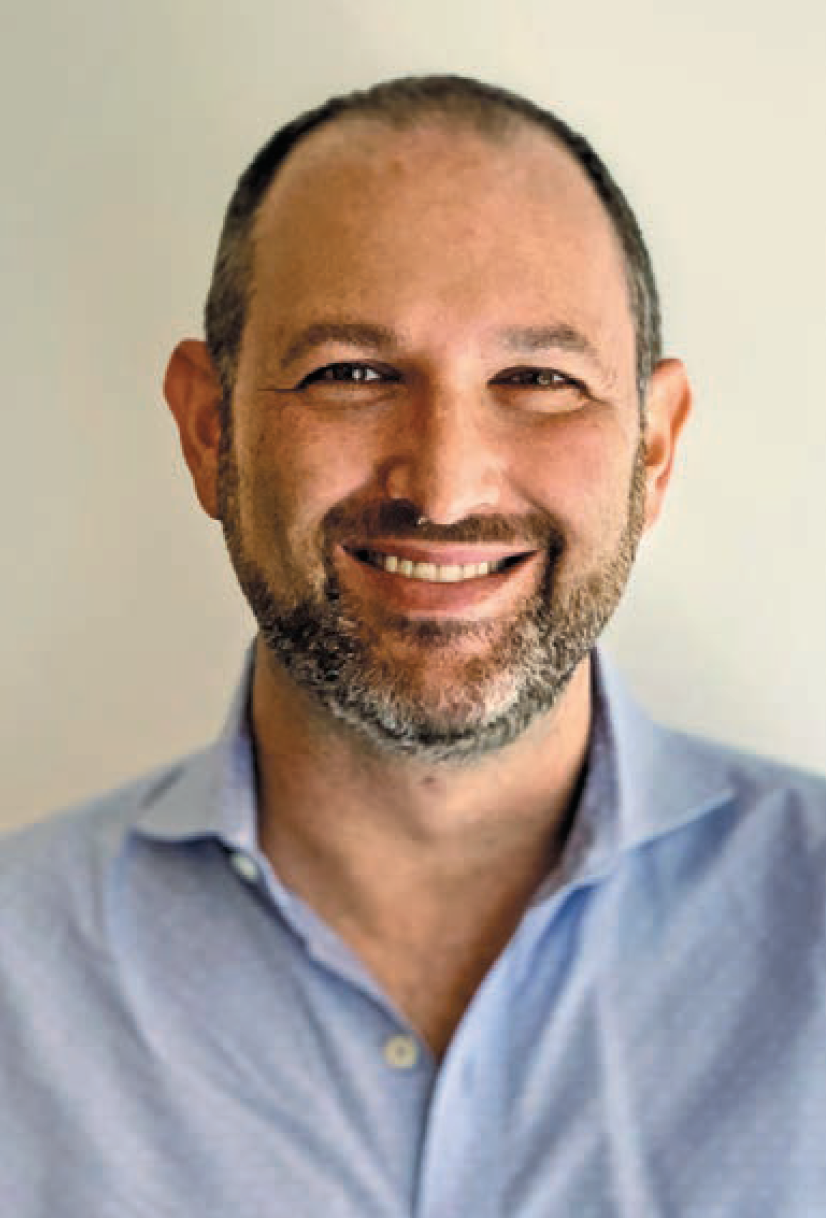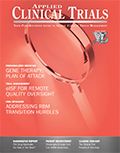The Cancer Trial Paradox: Too Few Patients to Some, Too Few Trials to Others
Applied Clinical Trials
While obstacles may persist with limited access for patients and researchers, technology can help with this cancer clinical trial paradox.
David M. Kronfeld

Mercy Hospital in Joplin, Missouri, sees over 600 new cancer patients each year. That’s a lot for a former mining town of just 50,000 people–about three times the national average–but Joplin is a medical hub for dozens of surrounding towns in Missouri, Kansas, Arkansas, and Oklahoma. Despite the influx of patients, Mercy has historically had very limited access to clinical trials, which are often patients’ best hope for cutting-edge cancer treatments. Joplin was typically too small to attract drug companies or academics and too far from major research centers in surrounding larger cities for most patients to make the trip as often as needed.
Mercy oncologist Dr. Samir Dalia understands this firsthand. He often sent patients who seemed like good candidates for trials up to the University of Kansas Cancer Center, which has over 200 trials in progress. Once the clinician informed patients they need to be there twice a week to be on this clinical trial, many patients had to pass because they didn’t have the means or didn’t want to be away from their families.
Unfortunately, Joplin is not an anomaly. Community cancer treatment centers all around the country face the same problem-despite being the facilities where most cancer patients (around 80%)1 get treatment. This means most cancer patients in the U.S. simply aren’t getting access to the best therapies available, and the sad irony is that clinical trials are in dire need of patients. As cancer research advances at a headlong pace, the number of trials for cancer drugs has exploded, but the number of patients enrolling isn’t keeping up.
Not only is this frustrating for patients, but also for researchers and oncologists like Dalia, who want to provide the best therapies possible for their patients. This paradox has been an ongoing challenge for some time and the numbers continue to become more deafening.
The cumulative demand for patients in interventional oncology trials in the U.S. is 2.3 million patients,2 which is just a fraction of the 15.1 million living with cancer in the U.S.3 Yet only 500,000 cancer patients are participating in trials, and many who are eligible for studies (up to 76%)4 are never even asked to participate. In fact, there is such a dramatic mismatch between the number of patients sought by drug trials and the number of patients able to enroll in those studies today that 25% of cancer trials are withdrawn due to lack of enrollment. Low enrollment in clinical trials is a waste of data and resources, as well as a huge loss for patients, as trial participation is strongly correlated with patient survival.
Patients who lose the most are those in small towns, far from academic research centers. Rural patients travel, on average, over 25 miles to get to trials and have lower rates of survival than their metropolitan counterparts.5,6
What lies at the root of this problem of access? It’s not just travel time for patients, oversight from the researchers, or the growing volume of oncology trials. One challenge is that community hospitals would only be able to offer a small fraction of the patients needed for a large trial, which creates the need for multiple community hospitals to participate. This can present a regulatory burden for research efforts, as evaluating the quality of data provided by numerous smaller oncology centers can become an obstacle and tedious task.
Additionally, with the growing popularity of immunotherapy and personalized medicine, this narrows eligibility criteria even more. Personalized drugs account for 73% of all current oncology R&D.8 To design personalized medicine requires identifying specific biomarkers. While trials that select patients based on biomarkers are three times more likely to receive FDA approval, finding a large enough pool of patients with a narrow set of biomarkers can be like finding a needle in a haystack.
The solution is clear-researchers must find efficient ways to tap smaller community treatment centers, which tend to feature much more diverse populations of cancer patients that seek care than those at large academic centers. One way is for centers to leverage technology through partnerships with larger hospital networks and with companies that can identify specific biomarkers. This may help bring eligible cancer patients in need of breakthrough therapies to the clinical trials that need them just as much.
References
1. “Barriers to Patient Enrollment in Therapeutic Clinical Trials for Cancer: A Landscape Report” American Cancer Society Cancer Action Network, April 2018
2. https://www.ncbi.nlm.nih.gov/pmc/articles/PMC2900458/
3. https://www.cancer.gov/about-cancer/understanding/statistics
4. “Barriers to Patient Enrollment in Therapeutic Clinical Trials for Cancer: A Landscape Report” American Cancer Society Cancer Action Network, April 2018
5. https://www.ncbi.nlm.nih.gov/pmc/articles/PMC6092479/
6. “At what cost to clinical trial enrollment? A retrospective study of patient travel burden in cancer clinical trials”, Oncologist, April 2018
7. “Identifying and Addressing Disparities in Survival Outcomes for Rural Patients with Cancer”, McCullough, JAMA Network, August 2018
David M. Kronfeld is the Head of Real World Data Innovation for Medidata

Improving Relationships and Diversifying the Site Selection Process
April 17th 2025In this episode of the Applied Clinical Trials Podcast, Liz Beatty, co-founder and chief strategy officer, Inato, discusses a number of topics around site engagement including community-based sites, the role of technology in improving site/sponsor relationships, how increased operational costs are impacting the industry, and more.
Behind the Buzz: Why Clinical Research Leaders Flock to SCOPE Summit
February 7th 2025In this episode, we meet with Micah Lieberman, Executive Conference Director for SCOPE Summit (Summit for Clinical Ops Executives) at Cambridge Innovation Institute. We will dive deep into the critical role of collaboration within the clinical research ecosystem. How do we bring together diverse stakeholders—sponsors, CROs, clinical trial tech innovators, suppliers, patients, sites, advocacy organizations, investors, and non-profits—to share best practices in trial design, program planning, innovation, and clinical operations? We’ll explore why it’s vital for thought leaders to step beyond their own organizations and learn from others, exchanging ideas that drive advancements in clinical research. Additionally, we’ll discuss the pivotal role of scientific conferences like SCOPE Summit in fostering these essential connections and collaborations, helping shape the future of clinical trials. Join us as we uncover how collective wisdom and cross-industry partnerships are transforming the landscape of clinical research.